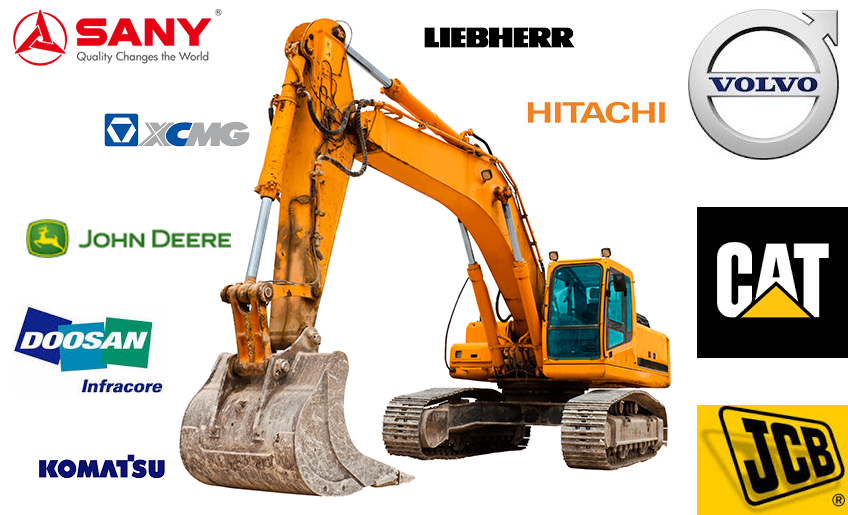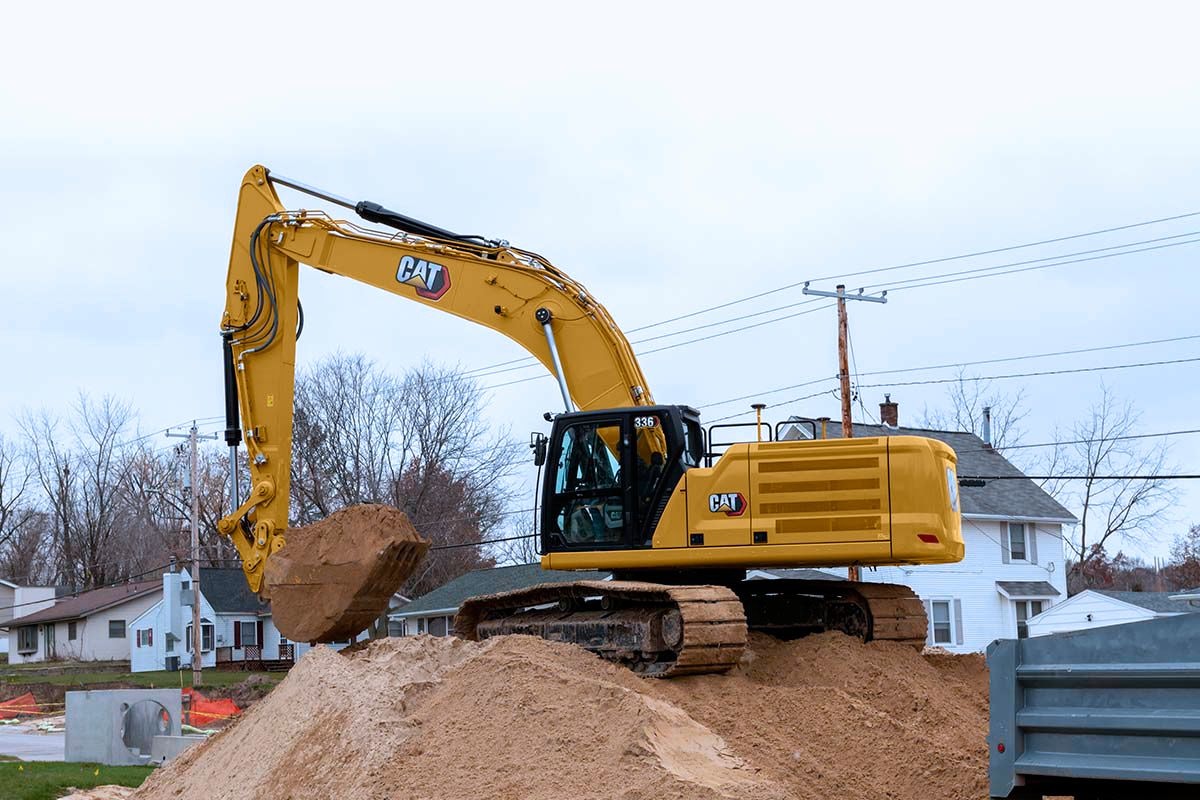Locate the Most Trusted Rental Company Near Me for Heavy Equipment Rentals
Locate the Most Trusted Rental Company Near Me for Heavy Equipment Rentals
Blog Article
Elements to Review When Leasing Building And Construction Devices for Cost-Effective Workflow
When taking into consideration the leasing of building and construction devices for affordable procedures, various aspects come into play that can substantially affect the total task expenditure. Assessing equipment requirements, rental terms, maintenance prices, task duration, and conducting an extensive cost evaluation are vital action in guaranteeing optimal economic efficiency and functional success. Each of these elements holds the prospective to either improve operations and minimize expenditures or cause unforeseen prices and job hold-ups. By carefully assessing these elements, construction firms can make informed decisions that not only profit their lower line yet also add to the total effectiveness of their tasks.
Devices Specifications

Efficiency is essential for optimizing productivity and keeping prices in check. Equipment that is effective not just completes tasks in a prompt fashion but also eats sources carefully. Variables such as fuel consumption, running rate, and technology integration contribute to equipment effectiveness. By focusing on performance, resilience, and performance in devices requirements, building task supervisors can improve functional efficiency and inevitably attain effective task end results.
Rental Terms
To make certain a clear understanding of the terms associated with leasing construction tools, it is imperative for task managers to thoroughly review and bargain the rental contract (construction equipment rentals). Rental terms include numerous aspects that can considerably influence the total expense and efficiency of a building task. Secret elements to take into consideration consist of the rental duration, pricing framework, payment terms, upkeep obligations, insurance protection, and arrangements for equipment failures or malfunctions
When evaluating the rental contract, project managers need to pay close interest to the period of the rental duration. Recognizing whether the rental fees are based on a hourly, day-to-day, regular, or regular monthly rate is critical for budgeting and organizing functions. Additionally, clearing up the repayment terms, such as upfront costs, safety down payments, and charges for late repayments, can aid avoid unanticipated financial burdens.
In addition, discussing upkeep duties upfront can stop conflicts later on. Plainly describing who is accountable for regular maintenance, fixings, and maintenance can ensure that the devices stays in optimum condition throughout the rental period - forklift rental. It is also vital to confirm the insurance policy coverage offered by the rental business to avoid any kind of obligations in case of crashes or damages. By very carefully analyzing and bargaining the rental terms, task managers can secure affordable equipment rentals that meet their task needs.
Maintenance Costs

Some rental firms provide upkeep plans that cover these expenses, while others might call for tenants to bear the complete maintenance expenditures. By budgeting for maintenance prices ahead of go to this site time and sticking to recommended maintenance routines, renters can minimize unpredicted costs and maximize the effectiveness of the leased building and construction devices.
Task Period
Reliable task duration administration is essential to enhancing the application of rented construction tools and guaranteeing prompt completion of tasks. When renting building tools, taking into consideration the task duration is important for cost-effective procedures. A clear understanding of the project timeline permits much better preparation and usage of devices, making sure that the right tools are offered for the needed period without incurring unnecessary costs. Matching the rental duration to the job's approximated duration aids in staying clear of any potential late costs or surcharges that may emerge from surpassing the agreed-upon rental timeframe. Effective project duration administration allows construction teams to simplify their operations, boost performance, and satisfy project target dates efficiently. By straightening the rental period with the job schedule, building companies can make best use of the use of devices, decrease downtime, and inevitably attain expense financial savings on their jobs. Analyzing and accurately estimating the task duration is an essential aspect in renting building and construction equipment for optimal cost-effectiveness.
Price Evaluation
Straightening the job duration with a comprehensive price analysis is necessary in enhancing the economic effectiveness of leasing construction woods backhoe tools. Carrying out a complete price evaluation involves more than just contrasting rental rates.
One vital element of price analysis is understanding your job's specific tools requirements. Renting out devices that is either underutilized or excessive used can cause unneeded costs. Assessing the task needs and selecting the ideal kind and quantity of tools can assist reduce prices while ensuring functional efficiency.
Furthermore, comparing the expenses of renting versus getting devices is important. While renting out may seem cost-efficient find this for temporary jobs or specific tools, purchasing could be extra cost-effective for long-term or often made use of equipment. By evaluating the advantages and disadvantages of both choices, you can make strategic options that align with your budget plan and project objectives.
Conclusion
Finally, examining variables such as equipment requirements, rental terms, maintenance costs, job duration, and expense evaluation is important when renting building and construction devices for cost-efficient procedures. By carefully thinking about these elements, building and construction companies can ensure they are obtaining the a lot of worth out of their tools services and inevitably conserve money on their jobs. It is necessary to focus on cost-effectiveness and effectiveness in all aspects of construction procedures.
Assessing equipment requirements, rental terms, maintenance expenses, project duration, and carrying out an extensive expense analysis are essential actions in ensuring ideal monetary efficiency and functional success. By prioritizing performance, sturdiness, and effectiveness in tools requirements, construction project managers can enhance functional effectiveness and ultimately achieve effective job end results.

By straightening the rental period with the project routine, building and construction firms can take full advantage of the usage of devices, decrease downtime, and eventually attain price savings on their jobs.In final thought, evaluating elements such as devices specs, rental terms, maintenance prices, project period, and price analysis is critical when renting construction tools for cost-efficient operations.
Report this page